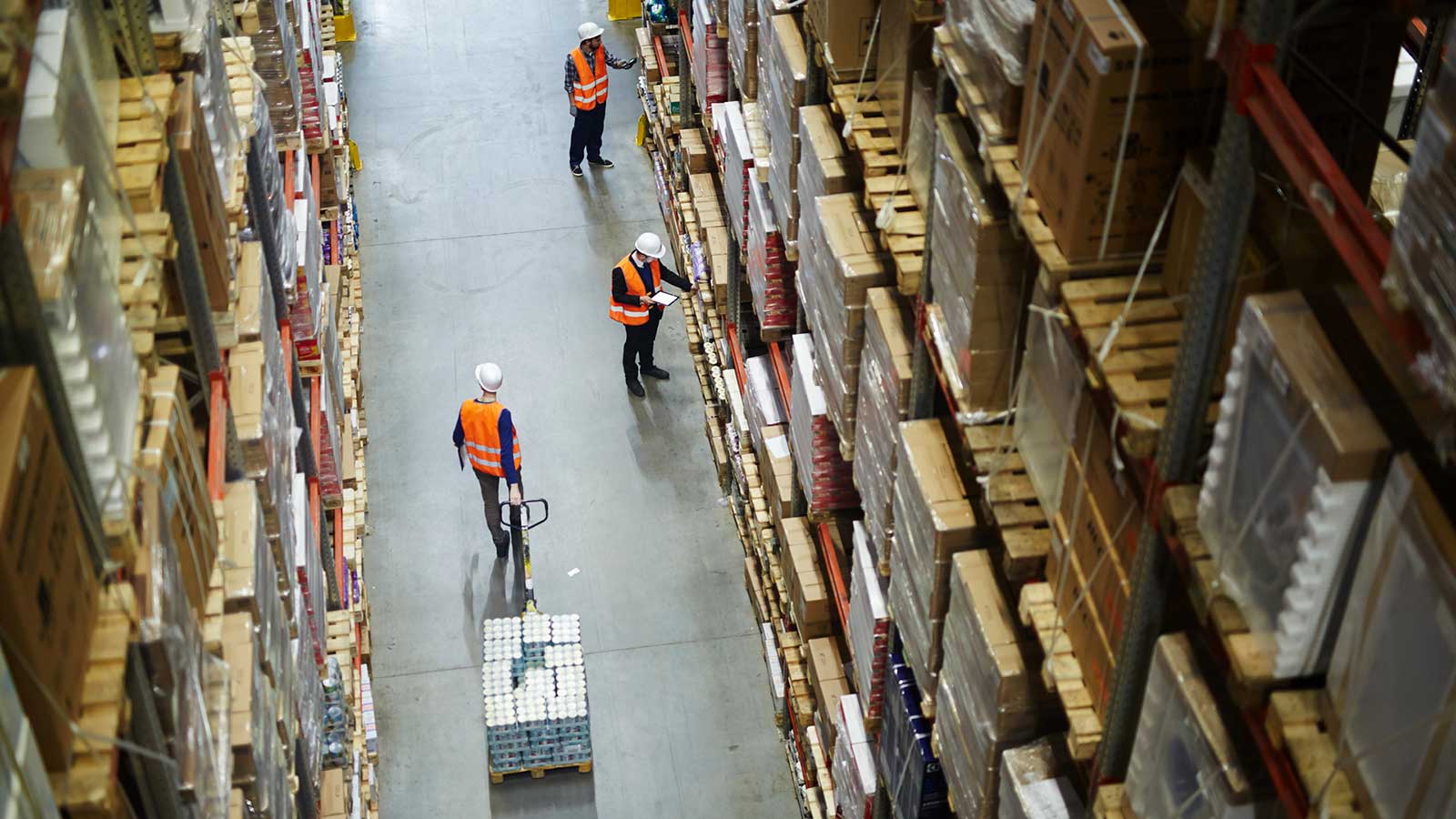
The demand for ease and convenience has become commonplace in the retail world. Customers expect to be well-cared-for throughout all shopping experiences. As Business Insider explained, technology companies have already created an “on-demand economy,” with the population becoming used to the instantaneous effects of e-mails and text messages. Now, consumers expect the same pace when receiving goods.
Supply chain management strategies must continue to increase efficiency in order to deliver products in a timely manner.
What Does It Take to Meet Customer Demand?
A report from the Customer Management Exchange Network found that in order for companies to meet satisfaction goals, those interacting with customers must have a strong understanding of the way in which the business-to-consumer relationship impacts cost.
After all, customer behavior, inventory management and company costs are all closely linked. A recent Samsung Insight article elaborated on this concept. Citing a 2015 report from the IHL Group, Samsung Insights highlighted that companies accrue an annual average of $634 billion in lost sales – the price of errors like being out of stock on items. Meanwhile, having too much inventory can lead to an additional $472 billion in losses.
Clearly, a balance must be struck between supply and demand – companies don’t want to create too many products, but they also want to have enough to meet customer needs. To do this, businesses need to revamp their supply chain management strategies with two key tactics in mind:
1. Create Greater Transparency
Ensuring supply meets demand requires not just warehouses to communicate with stores, but also for stores to collaborate with one another. This means every player in the supply chain can see the process as a whole. It’s a strategy successfully employed by GameStop.
According to Chain Store Age, the electronic retailer company incorporated data collection into its ship-from-store practices. That is, GameStop associates can now use product SKU numbers to look up if items are at their own store, in other stores or in a warehouse. This clearer insight into what products are available ensures employees make the sale when it’s possible and avoid making empty promises.
2. Respond to Demand
Looking at the supply chain from a different angle may also help contain costs and curb sales losses. Specifically, this translates to making more product as inventory dwindles. Assembly Magazine liked this strategy to milk at the grocery store. As the consumer pulls a carton from the refrigerator, another one slides to the front of the shelf, ready for the next person.
The key to successfully becoming demand-responsive is to have a firm understanding of optimal inventory levels. This can only be achieved by integrating data collection with sophisticated software applications that allow businesses to know when it is time to replenish supplies.
The ultimate goal of any supply chain is to get products to the customer in a cost-effective and timely manner. However, indirect price tags – like lost sales – should also factor into this equation. This is why linking all stages of the process – from creation to customer – through data collection is essential.






